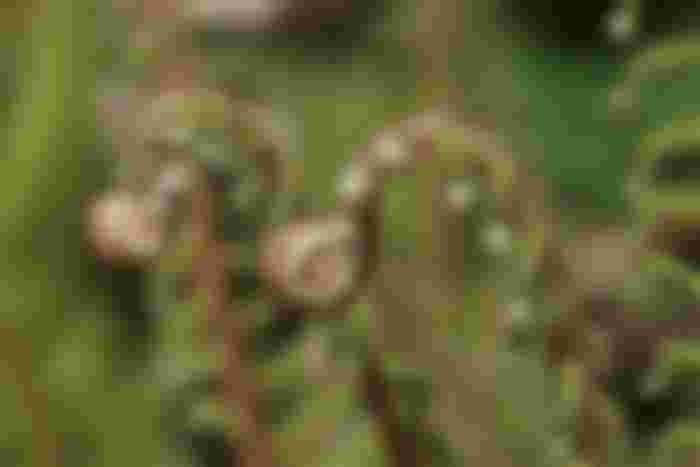
At the age of 19 and again at the age of 36, Professor John Kaag set out on a journey of self-discovery, both times hiking the mountains where Nietzsche wrote some of his most lasting and influential works. Thus, the latest book by Kaag, Hiking with Nietzsche, serves as an autobiographical confession of misunderstanding and an introduction to Friedrich Nietzsche 's philosophy. Ultimately, Kaag reflects on an obscure injunction from the ancient Greek poet Pindar that Nietzsche borrowed: Become who you are. What does that haunting expression mean? What does Nietzsche command? And how will he help us to make this happen?
"Become who you are" in the sense that you are who you are now, is paradoxical, and so there would appear to be no need to alter. The transformation or becoming, however, is a matter of developing into oneself, maybe the way a caterpillar becomes a butterfly or a plant becomes a seed. Kaag says, "The argument of Nietzsche may be that the self-discovery process needs to erase the self-knowledge that you believe you already have." Becoming is the continuing process of losing and discovering yourself. This is definitely the message of the Siddhartha of Hermann Hesse, a novel that Kaag contemplates for Nietzsche to make sense of.
In Siddhartha, in search of his true self, the title character leaves home as a young man. He leaves his dad's house and joins a party of wandering monks. From there, the modifications keep coming. The self does not lie passively in wait for us to discover it, as Kaag claims. In the active, ongoing phase, selfhood is formed... The enduring essence of being human is to transform into something else.'
Siddhartha undergoes a sequence of deaths and rebirths that are metaphorical. He dies in the life of a young Brahmin to become a wandering monk; he dies in the life of a wandering monk to become a courtesan-loving worldly merchant; he dies in the life of the world to become a ferryman 's apprentice. He learns to listen to the river under the guidance of the ferryman and learns the harmony of all things, realizing that his real self is not anything different and secure. Rather, like the river, in a constant phase of transition and being, his true self connects everything. The story fits well with Nietzsche 's interpretation of Kaag: "Die as soon as you can, so that, like a morning flash, or spring after a brutal winter, you can come to life again." Nietzsche would like us to die, to get out of our own way, so that our position could be replaced by someone else. "In order to be able to become what we are".

Maybe both of us are still works in progress. It doesn't mean that you hit a height where no further improvement is required to become who you are. You never really arrive at a destination where you can only be who you are. You still have to be in the process of being something. Being born means beginning to die. To become who you are is to still be in the process of dying so that you can become someone else in one form of being. The metaphorical deaths and rebirths in Siddhartha are, for this purpose, resonant.
However, not everyone becomes who they are. Instead, a doctor, an American, a mother, a father, a lot of people try to make something set and secure out of themselves. Yet we are, as Sartre would claim, none of these things, in nature. Our nature, instead, is in a constant state of self-creation and modification. To believe otherwise, to believe that the equilibrium of a thing has been accomplished by us, is to be in what Sartre calls bad faith. To become static is to be rigid, like a corpse, to become. By comparison, being versatile and evolving is the nature of life.
As examples of utter performance, Nietzsche and Kaag do not give themselves. Kaag's journey did not reach its final destination at the end of the hike with Nietzsche. But he forced himself farther down the road, dying for one way of life, to be resurrected for another. And the route still leads onwards. Hesse tends to provide optimism for the likelihood of a conclusion, unlike Nietzsche. After several life changes, Siddhartha's title character achieves enlightenment.
Nietzsche would have dismissed such a story as giving false metaphysical comfort, and he might be right. But we are facing a fate not much better than Sisyphus, cursed to roll a rock to the top of a hill every day only to see it roll back down, with no end in sight and only endless struggling ahead. However, Camus tells us that the struggle to the heights is enough to fill the heart of a man-we have to picture Sisyphus happy.
If the battle to the heights is not enough to make us happy, unlike Sisyphus, we should look to our children. Nietzsche does not have much parenting advice to give, but Hesse 's tale of Siddhartha focuses on the love between fathers and sons (as I've written about in another post). We want our kids to be safe and discouraged from making the same mistakes we created. But eventually, to become who they are, we must understand that each child must walk his or her own path.

Thank you for reading. Support me in cointree.


